Military
Nuclear Bomb Kill Radius Explained

Introduction to Nuclear Bombs
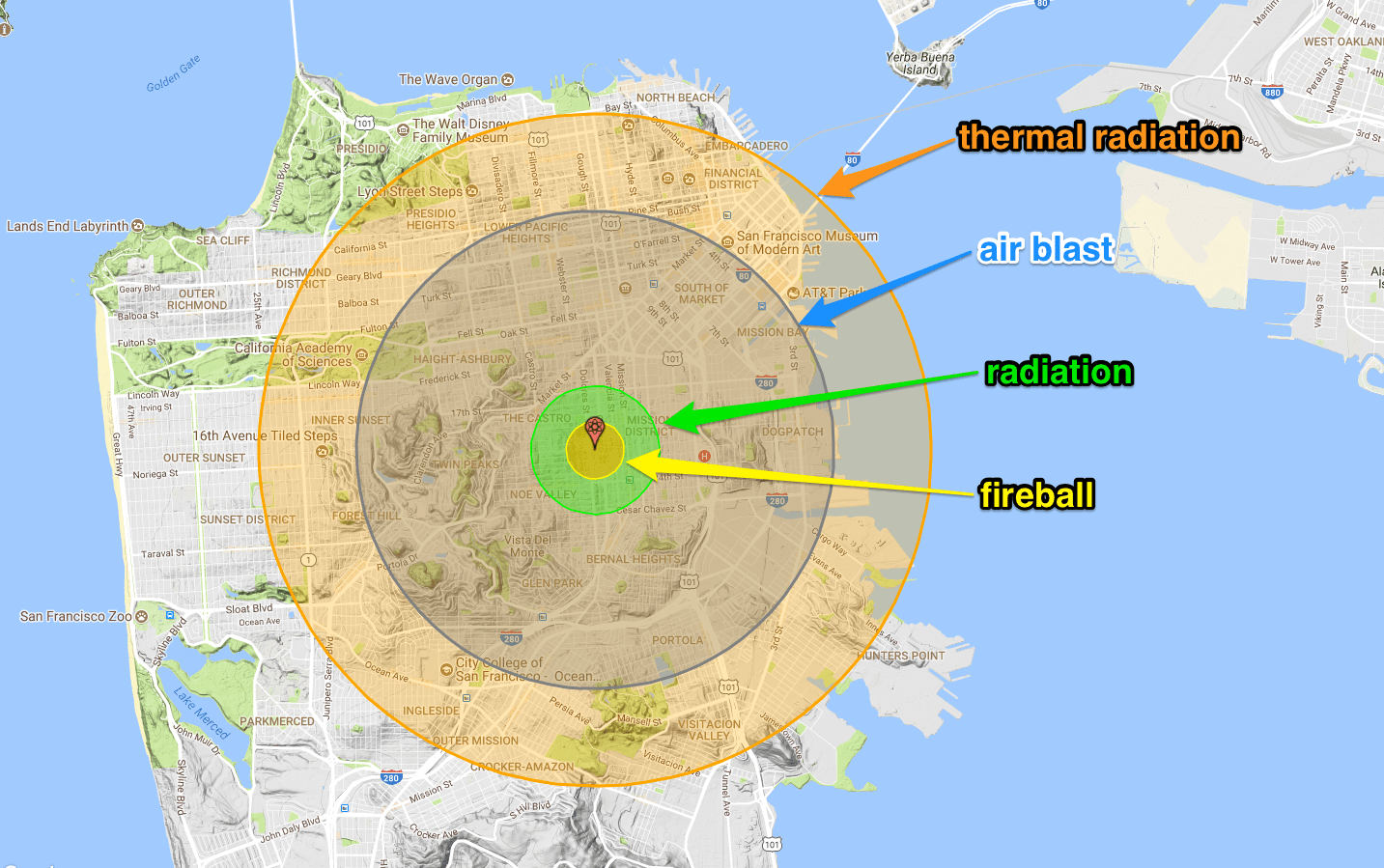
Nuclear bombs are explosive devices that derive their destructive power from nuclear reactions. These reactions can be either fission (splitting of heavy atomic nuclei) or fusion (combining of light atomic nuclei), with fission being the principle behind the first atomic bombs. The devastating potential of nuclear weapons has been demonstrated historically, with the bombings of Hiroshima and Nagasaki in 1945 serving as stark reminders of their power. Understanding the kill radius of a nuclear bomb is crucial for grasping the extent of destruction these weapons can cause.
What is a Kill Radius?

The kill radius refers to the area around the point of detonation where the effects of the explosion are lethal to humans and potentially other living organisms. This radius is determined by several factors, including the yield of the nuclear bomb (measured in kilotons or megatons), the altitude at which it is detonated, and the environment in which the explosion occurs. The kill radius encompasses not just the immediate blast area but also zones affected by thermal radiation (leading to burns and fires), ionizing radiation, and the blast wave that can cause injuries and damage structures.
Factors Affecting the Kill Radius

Several key factors influence the size of the kill radius: - Yield of the Bomb: The explosive yield is the primary determinant of the kill radius. A higher yield results in a larger area of destruction. - Altitude of Detonation: Airbursts (explosions in the air) tend to have a larger kill radius due to the more efficient transfer of energy to the blast wave and thermal radiation. Ground bursts, while still devastating, have a significant portion of their energy absorbed by the ground, reducing the kill radius slightly but increasing fallout. - Environmental Conditions: Weather, terrain, and urban vs. rural settings can all impact the kill radius. For example, a nuclear explosion in a densely populated urban area could result in a higher casualty rate due to the concentration of people and the potential for fires to spread.
Calculating the Kill Radius

Calculating the exact kill radius of a nuclear bomb involves complex formulas that take into account the bomb’s yield, the type of explosion (airburst or ground burst), and environmental factors. A simplified approach to estimating the effects of a nuclear explosion is to use the effects of the blast wave. For example: - The 50% lethal area for a 1-kiloton bomb might be approximately 1 square mile (2.6 square kilometers), considering only the blast effects. - For a 1-megaton bomb, this area increases significantly, potentially to around 80 square miles (207 square kilometers) or more, depending on the specifics of the explosion and the environment.
Effects Within the Kill Radius
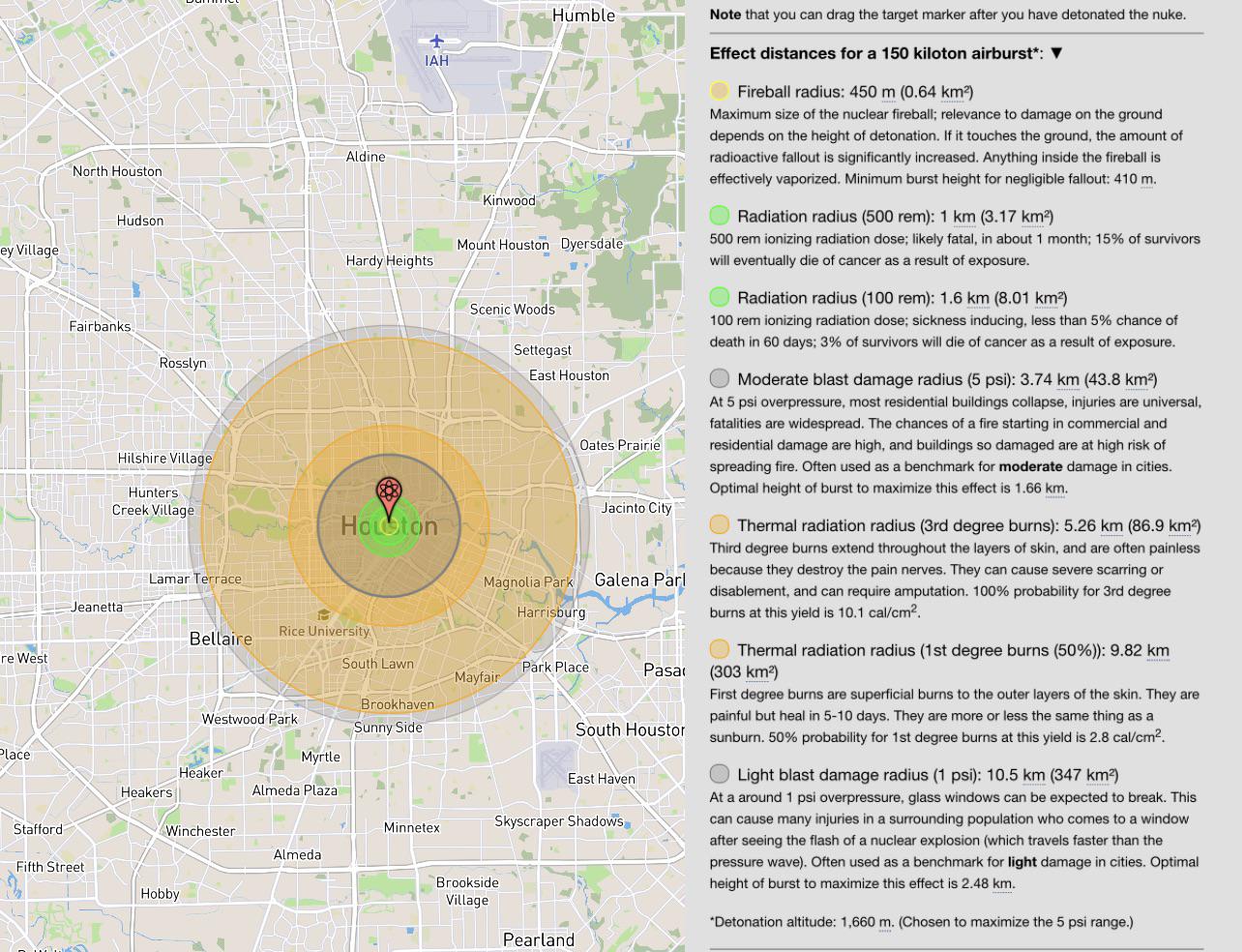
Within the kill radius, the effects of a nuclear bomb can be categorized into several zones, each with distinct characteristics: - Immediate Blast Zone: Total destruction with 100% mortality due to the blast wave, thermal radiation, and initial nuclear radiation. - Thermal Radiation Zone: Severe burns from the heat generated by the explosion, potentially starting fires. - Radiation Zone: Ionizing radiation can cause acute radiation syndrome (ARS), with effects ranging from mild to severe depending on the dose received.
Table of Nuclear Bomb Effects
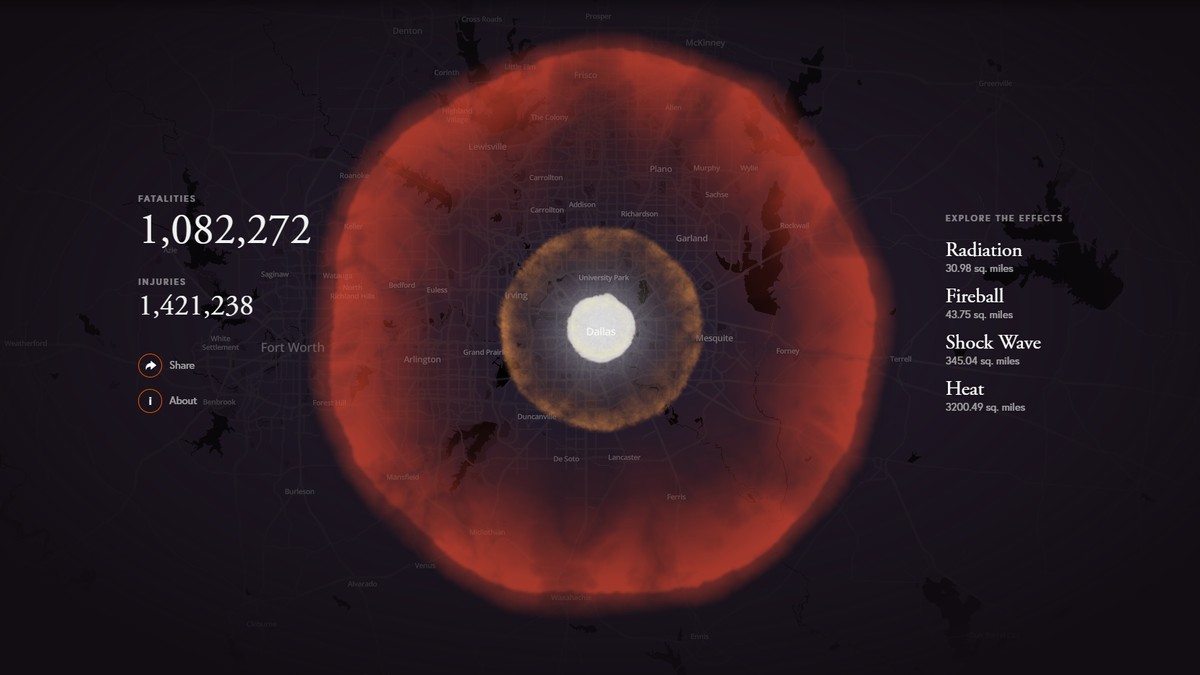
| Distance from Ground Zero | Effects |
|---|---|
| 0-1 mile (0-1.6 km) | Total destruction, 100% mortality |
| 1-3 miles (1.6-4.8 km) | Severe damage, high mortality from blast and thermal radiation |
| 3-10 miles (4.8-16 km) | Significant damage, moderate to high mortality from blast and radiation |
| Beyond 10 miles (16 km) | Varying degrees of damage and injury, depending on yield and environment |
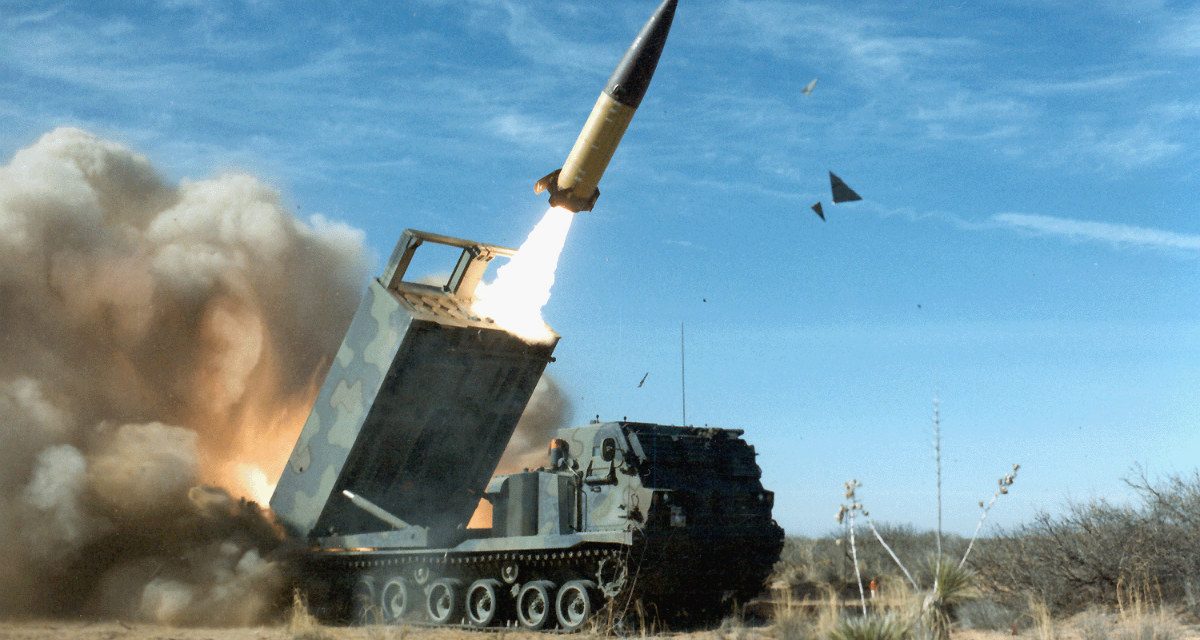
💡 Note: The exact effects and distances can vary widely depending on the yield of the bomb, the type of detonation, and local environmental conditions.
Long-Term Effects

Beyond the immediate kill radius, nuclear bombs can have long-term effects, including: - Fallout: Radioactive particles that can contaminate large areas, leading to long-term health risks. - Environmental Damage: Potential for significant and lasting damage to ecosystems and infrastructure. - Psychological Impact: The trauma and fear induced by a nuclear explosion can have profound psychological effects on survivors and communities.
Conclusion and Final Thoughts

The kill radius of a nuclear bomb is a stark reminder of the devastating power of these weapons. Understanding the factors that influence this radius and the various effects within it is crucial for appreciating the importance of nuclear disarmament and non-proliferation efforts. As the world continues to navigate the complexities of international relations and security, the threat posed by nuclear weapons remains a pressing concern that demands continued attention and diplomacy to prevent their use.
What is the primary factor that determines the kill radius of a nuclear bomb?

+
The yield of the nuclear bomb is the primary factor that determines the kill radius.
How does the altitude of detonation affect the kill radius?
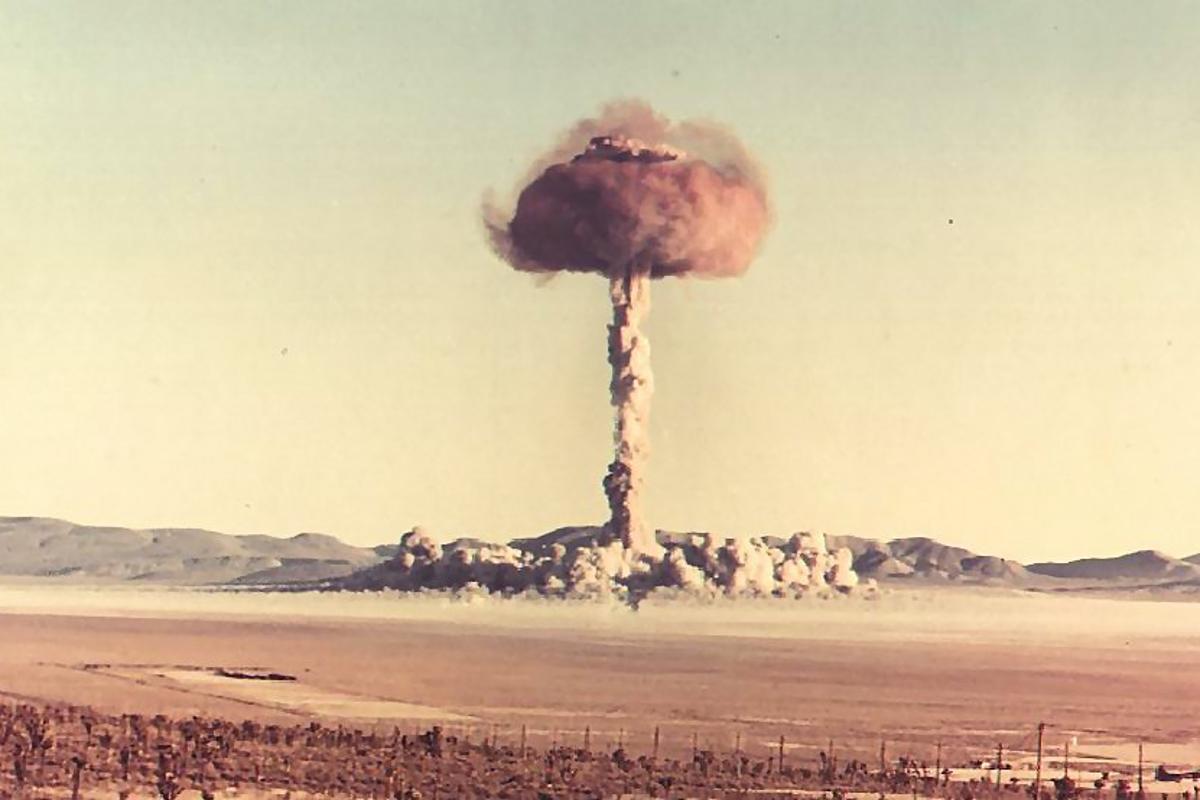
+
Airbursts tend to have a larger kill radius than ground bursts because more of the bomb’s energy is transferred into the blast wave and thermal radiation.
What are some long-term effects of a nuclear explosion beyond the immediate kill radius?
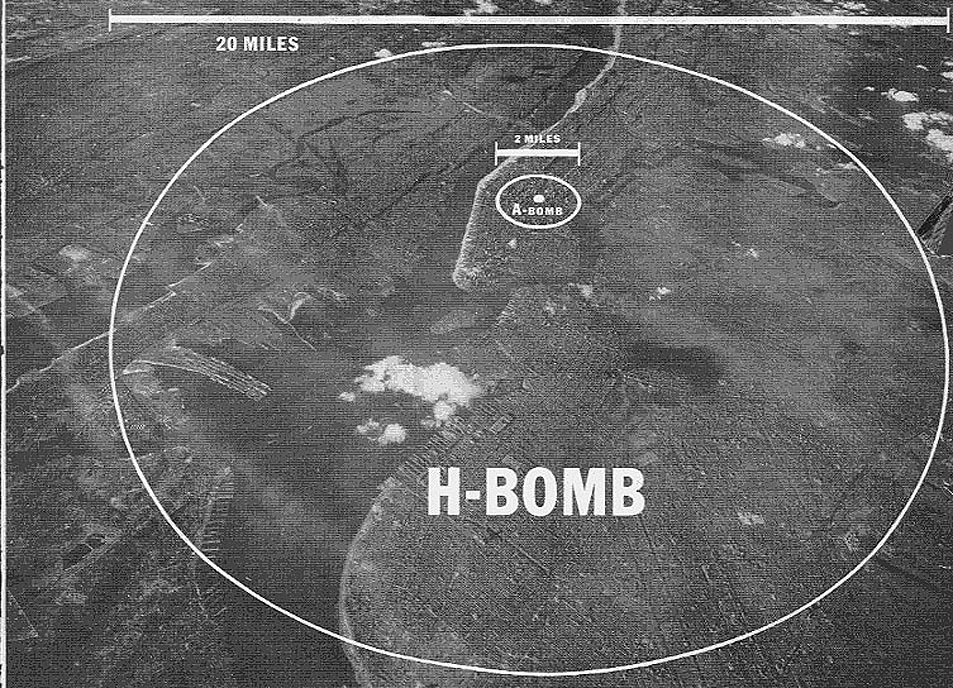
+
Long-term effects include radioactive fallout, environmental damage, and psychological impacts on survivors and communities.



